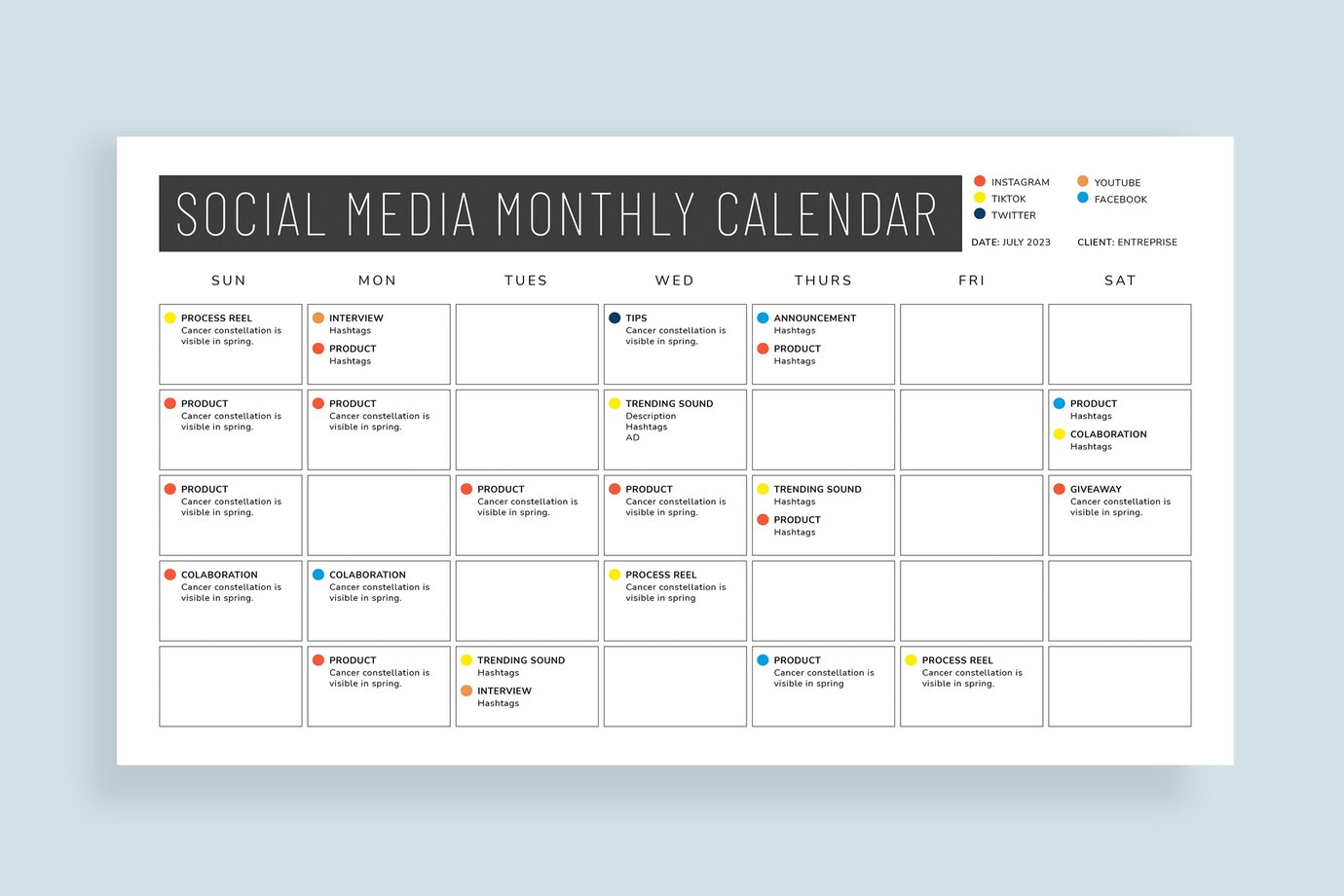While e-commerce is more popular and effective than ever, achieving consistency of growth is only possible via a strategy that optimizes both efficiency and engagement. One of the most powerful automation tools for rapid task completion and increased sales is something known as social media automation. Without automation, handling various channels and campaigns can be tedious, prone to errors, and less effective. This is a missed opportunity for businesses to leverage customer interaction and optimize their marketing strategy.

An automated approach to social media reduces an organization social media time effort, produces consistency and ultimately makes it more effective. Solutions such as Yotpo empower brands to leveraging user-generated content across social channels. This helps build trust and create more conversions. Without automation, your social media efforts can become fragmented, leading to missed opportunities for customer engagement or sales.
12 Social Media Automation Strategies:
1. User-Generated Content Across Social Channels
User-Generated Content (UGC) is important to establish a connection and trust. Such platforms automate the collection, curation, and scheduling of UGC across channels (Yotpo is an example). Automated UGC campaigns boost efficiency as these help you to rotate new content over time and captivate your followers.
For example, automate schedule reviews, photos, testimonials directly into your social media publish posts. Regardless of which incoming message the new customer review posted online represents, automation tools find and flow that incoming message into your marketing queue — and all without manual input.
2. Social and Mobile Messaging Campaigns
Social media and mobile campaigns work well together, keeping your customers engaged across platforms. And automation tools such as social ads and mobile notifications keep messaging in sync. You can cover more ground and create a seamless customer experience at the same time!
In the example, you schedule a social media ad campaign for the product and trigger a personalized mobile push notification based on the interaction automatically. For example, users that click through from an Instagram ad receive an automated response to go ahead and checkout with personalized discount deals.
3. Customer Insights: Automation of Social Listening
For this you can use social listening tools to track what’s being said about your brand or industry. That automation helps you find valuable information from customers without having to read through all the posts manually.
For example, use automation software to monitor hashtags, keywords, or comments whenever someone mentions your product or niche. If users mention a shared pain point, tailor your branding or product attributes accordingly.
4. Scheduling Posts for Engaging at the Right Time
Post at right times to get visibility and interaction. Automation platforms help you manage when your posts go live so that they’re published when your audience is most engaged.
For example, implement automated schedules based on audience activity analytics. There for instance can be an after school post targeting teenagers, while working professionals one could post during lunch hours for the maximum engagement.

5. Platform-Based-Fit: The Novelty Of Tailoring Content
Audience expectations and formats vary for every platform. Automation enables you to pull together customized content for different channels, all with no added effort.
(For example: Take a blog post and turn it into 5 other things. Then those pieces of content are broken into pieces that can be posted as Twitter threads, Instagram carousels, and Facebook captions, often done automatically to accommodate each platform.
6. Using Chatbots for Customer Support
It will be one component of a strategy that will include ensuring customer support agents are not replaced by bots, as well as training throughout the organization.
Customer interactions are automated by chatbots that not only make time savings possible, but lead to an enhanced customer experience. Chatbots can be programmed to answer frequently asked questions or guide users to resources immediately.
Automate your chatbot — Integrate With E-commerce Platforms If a user inquiries about return policies at midnight, the chatbot replies with information or links about the specific policy page.
7. Automating Influencer Outreach
Outreach Partnering with influencers directly can be a slow process. Automation tools help brands in finding influencers, maintaining communication, and measuring the performance at ease.
For example, you might create automation to sift and sort through influencers based on engagement rates or by audience demographics. The tool sends personalized outreach emails and automatically tracks campaign performance.
8. Reengaging Abandoned Carts on Social Media
High customer retention entrepreneurs use abandoned cart recovery campaigns to bring users back to their purchase. Automated retargeting means timely, tailored ads on social platforms like Facebook and Instagram.
Example: Upon user abandoning a cart, an automated tool ping detection of this behavior. Then, it launches a retargeting campaign with dynamic ads featuring the very products the customer has seen — convincing them to finish their purchase.
9. Dynamic Content Integrating into Campaigns
Dynamic content: Ads that change based on user behavior, creating a more relevant experience. Automation makes you efficient and scalable in creating and managing dynamic content.
For example, automate showing personalized product recommendations in an ad. If one user clicks on fitness equipment, subsequent ads should show similar items, like yoga mats or workout DVDs.
10. Social Media Contest Automation
Contests are great for engagement, but they’re painful to run. This makes it much easier to keep track of participants, randomize and a pick the winner and reward them.
For example, tracking contest hashtags so you can record participants using an automation tool. Powered by its seed round, the platform can select exciting winners at random, where reward codes are seamlessly sent over without a manual screw up.
11. Combining Email with Social Campaigns
The impact is compounded when email and social campaigns are coordinated. What is Integration software that connects platforms, allowing for updates across channels to be automated?
For example, automatically send an email reminder to customers who interact with a Facebook event. If they hit “Interested,” they’ll receive a follow-up email with event details or early bird offers.

12. Performing Automated Analysis of Your Campaign Performance
It requires time and expertise to analyze campaign metrics. Automating this process yields immediate insights, enabling you to optimise your approach.
For instance, you could automate the creation of weekly reports on social media performance. Tools that allow you to compare engagement and conversion rates between platforms to showcase what you are doing well and where you can improve.
Why Yotpo Supports E-commerce Growth:
Businesses looking to make the most of their operations and catapult their e-commerce efforts need Yotpo. THESE are five is why it works for growth:
1. Simplicity in user-generated content management
Yotpo automates the collection, curation, and publishing of reviews, photos, and testimonials to enable user-generated content across social channels. It can also automatically make a post-purchase request to customers to leave reviews, providing your social platforms with new and authentic content.
2. A better optimized social and mobile campaigns
Moreover, it makes synchronized social and mobile messaging campaigns even more dynamic, allowing brands to craft cohesive experiences. With Yotpo, for example, a Facebook ad can be linked to a follow-up SMS that includes a discount code, enabling seamless engagement and conversions across touchpoints.
3. Data Occurring Beyond the Analytics
It gives detailed analytics so that you can keep track of how well your campaigns are performing and how the audience is behaving. Through data analysis you can improve content strategies; for example, if video testimonials exceed static posts, then, that reminds you to change attention.
4. Automated Scheduling of Substance
Yotpo automates content schedule across platforms, maintaining consistency in posting. Positive reviews or product photos can be posted to Instagram or another channel in a regular narrative flow, with ongoing engagement requiring no manual efforts.
5. Data-Driven Decision Making Personalization
Using Yotpo’s capabilities, brands can personalize campaigns based on customer actions. For example, the platform can emphasize reviews for items like a customer’s prior purchases, thus facilitating repeat sales while enhancing customer loyalty.
With Yotpo, businesses save time, grow organized, and build customer trust. From UGC automation to crafting truly unified campaigns, Yotpo has tools that fit hand in glove with best practices in today’s e-com landscape.
Social Media Automation: Avoiding The Consequences
The absence of social media automation can set e-commerce development back significantly. Companies that do not automate processes, have inefficient processes, incur costs, and miss the opportunity to connect with the audience. With manual social media management, there is limited time for planning strategy and implementing creative campaigns. And, even worse, it makes missed posts, inconsistent messaging and a drop in audience engagement more likely as time passes.
Diversity is one of the first downsides that come with automation negligence across the social channels to generate user content. Without the use of Yotpo or similar software, businesses need to request reviews, testimonials, or photos from customers directly. This behavior is thus deferred and makes less of the high-volume authentic material that contributes to social proof. A manual approach also complicates your ability to surface the best-performing UGC for sharing, meaning you miss opportunities to give a spotlight to content that has had an impact.
Conclusion
Social Media Automation Is No Longer An Option But An Essential For ECommerce Growth From using social channels to broaden user-generated content to launching synchronized mobile and social messaging campaigns, automation supercharges e-commerce. These strategies can be applied to any area in order to make things easier, get people interested, and ideally make a sale.
Using tools such as Yotpo and other automation methods, you lessen grief, increase efficiency, and build customer confidence. All the strategies discussed help you prepare and keep your approach efficient in the face of competition. It is high time to welcome automation in e-commerce.
About the Author
Martin Brown is a business professional who is always looking for new opportunities and likes to share his knowledge with others in the field. He has been working in the industry for over 10 years and has a deep understanding of what it takes to succeed. Create. Cultivate. Consume. Learn. Explore.
Leave a Reply